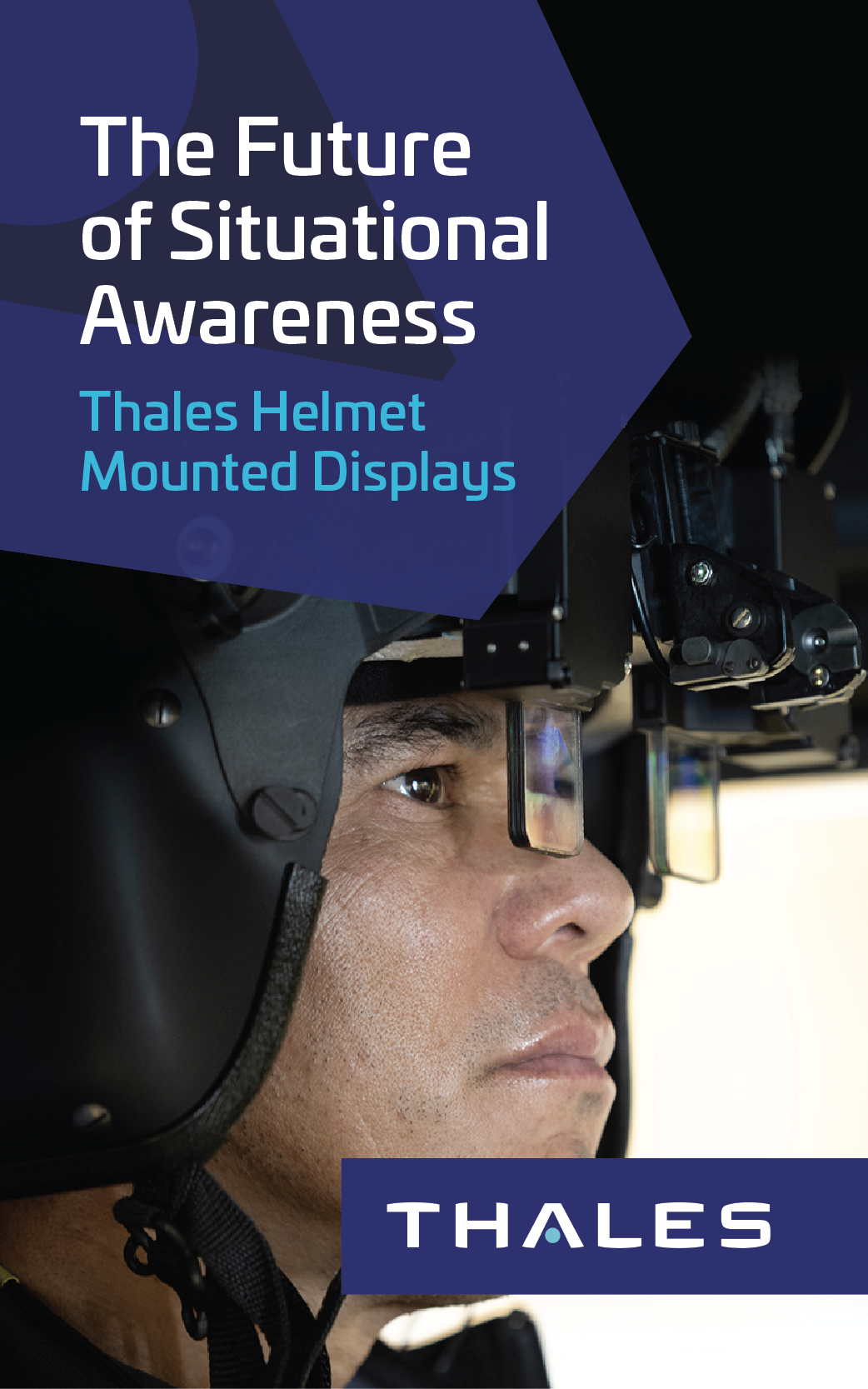Sioux Scout
September 1963: The Sioux Scout was a short-lived rotary wing aircraft which appeared in the early 1960s. It was a two-place experimental armed helicopter offered by the Bell Helicopter Company in Fort Worth, Texas. A few particulars below: The Sioux Scout Personnel: Pilot and gunner.Power plant: A single Lycoming TVO-435 turbo supercharged engine, rated 260 hp.Rotor system: A single two-bladed main rotor of 37 feet in diameter. A two-bladed metal tail rotor of five feet 10 inches in diameter. The Scout flew publically for the first time in September 1963. As a configuration based on the OH-13, the Scout was an...
Learn MoreArmy Aviation Aces
October 1966: Army Aviation’s unheralded “Aces” rack up daily kills in South Vietnam with a wide variety of weapons. The Hueys have carried machine guns, grenades, rockets and wire-guided missiles.
Learn MoreAir Assault Roundtable
October 1991: Carlisle, PA., May 22-23, 1991, convened at the Army War College was a roundtable discussion series, “Air Assault – The Strategic Vision.” Army War College Commandant, MG Paul G. Cerjan, hosted the event. Objective: Explore and discuss roles, missions, fresh ideas, concepts and structure of the Air Assault Division for the future. Initial presentations included the historical perspective by LTG Harry W.O. Kinnard (Ret.), former commander of the 11th Air Assault Division (Test); DESERT STORM operations, by MG Binford Peay, Commander of the 101st Airborne Division (Air Assault) and MG Rudolph Ostovich, Commander of the Army Aviation Center,...
Learn MoreFrom the Past. . .
September 1966: Pictured is the eight-place utility helicopter known as the H-31. Manufactured by Doman Helicopters Inc., Danbury, Connecticut, it featured a single Lycoming SO-580D of 400 hp. Rotor system consisted of a four-bladed main rotor and a three-bladed tail rotor; with all the blades made of wood. The rotor system was completely sealed, rigid and non-articulated. Commercial designation for the aircraft was LZ-5. The Army procured two H-31s in 1952 for purposes of evaluation.
Learn More1991 AAAA Scholarship Foundation Awardees Announced
The AAAA Scholarship Foundation awarded a record $100,000 in grants and loans to 31 individuals who will be entering college this fall. AAAA National and AAAA Chapters make considerable financial contributions to the Foundation. In addition, many AAAA members, friends of Army Aviation, relatives of deceased members, private businesses and corporations make substantial donations to the Foundation.
Learn MoreMattel Messerschmidt Milestone
September 1966: Placards denoting training hours of the TH-55A helicopters at the U.S. Army Primary Helicopter Center, Fort Wolters, are prominently displayed. 100,001 hours, logged by the Army’s primary rotary wing trainer, known affectionately as the “Mattel Messerschmidt.” The milestone was established by the “Broken Hats” of Class 67-1A-4, commanded by Major L.V. McNesse, Jr.
Learn MoreChapter Dinner
March 18, 1991, the Bonn Area Chapter hosted a professional dinner. A highlight of the festivities saw BG Istvan Csoboth (left), Head of the Aviation Division, German Army Office, Cologne, and Chief of German Army Aviation, present an honorary membership to AAAA Chapter President, LTC Russell Robinson (right).
Learn MoreSeptember 1991
Briefings: Lockheed Sanders has been awarded an Army contract, approximately $15.4 million. Contract calls for 640 modification kits, converting ALQ-144s to the upgraded ALQ-144A(V) 1 and 3 configurations. Allotted funds will cover the cost of installation and an accelerated delivery schedule. These systems offer protection against infrared (IR) guided missiles. More than 3,000 ALQ-144s now protect a wide variety of helicopters and fixed wing aircraft in all U.S. armed forces.
Learn MoreOne-of-a-Kind
: The sole tandem-seat helicopter of its kind, the experimental Bell “Sioux Scout” has been loaned to the USAAVNS for purposes of familiarization. The “loaner,” in advance of the AH-1G Huey Cobras scheduled for mid-1967, will afford the Army advanced experience with regards to operating tandem-seat helicopters during flight and gunnery exercises. The Cobra is viewed as the replacement of the UH-1B as a weapons platform for troop carrier escort and fire support coverage at landing zones.
Learn MoreGreen Hats! Go! Go! Go!
August, 1966 / By Mark Albertson:Pictured is the Second Warrant Officer Candidate Class at Fort Wolters, Texas. Paraded in a formation betraying their class designation, 66-21, they established two records: 1) they were the first 100 percent AAAA membership class at Fort Wolters; and, 2) the largest class ever to achieve 100 percent AAAA membership at one time – 272 new members and one renewal. Congratulations Class 66-21!
Learn More

















